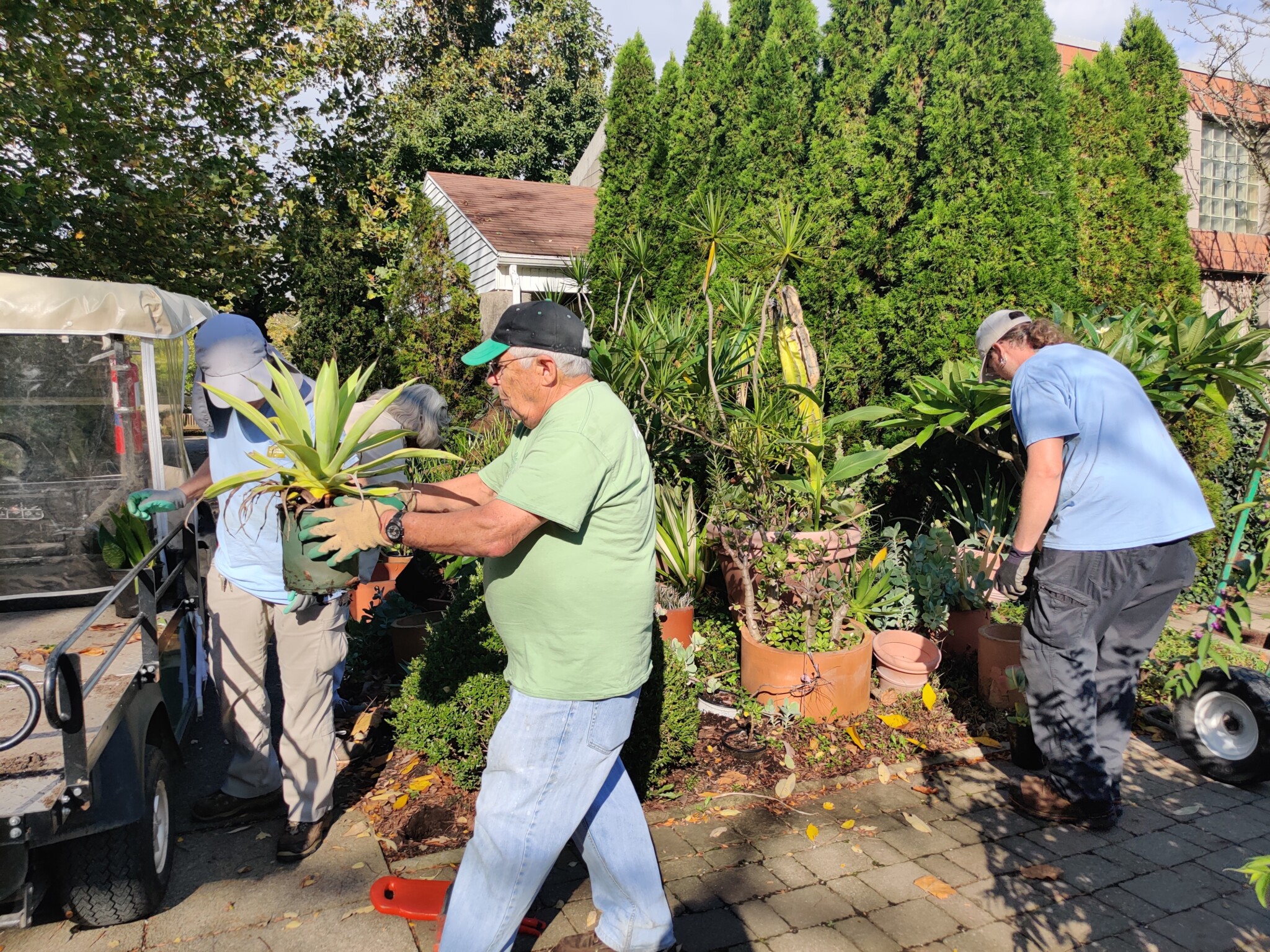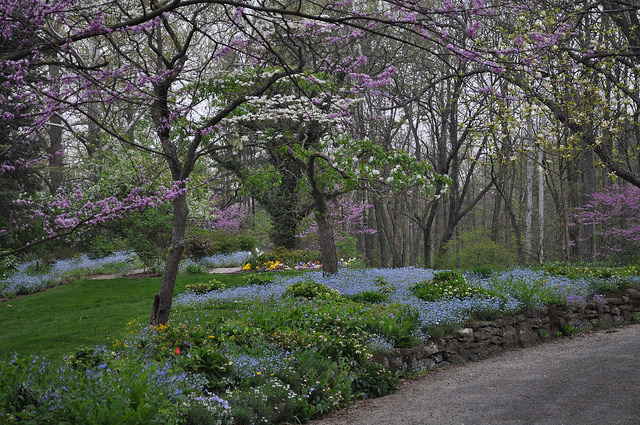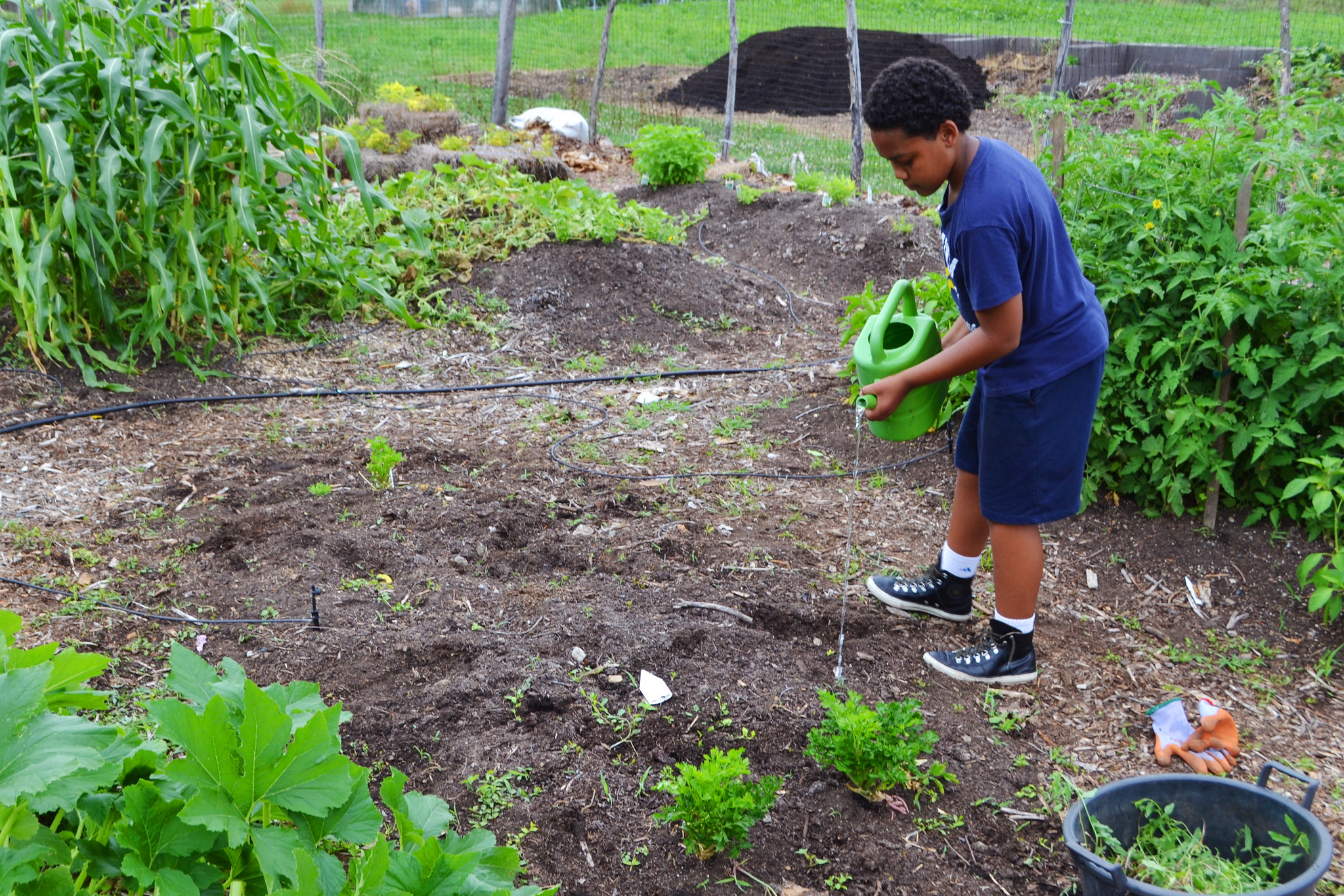Published April 14, 2021
Let’s get growing – it’s National Gardening Day!
Heads up! This article was published 3 years ago.
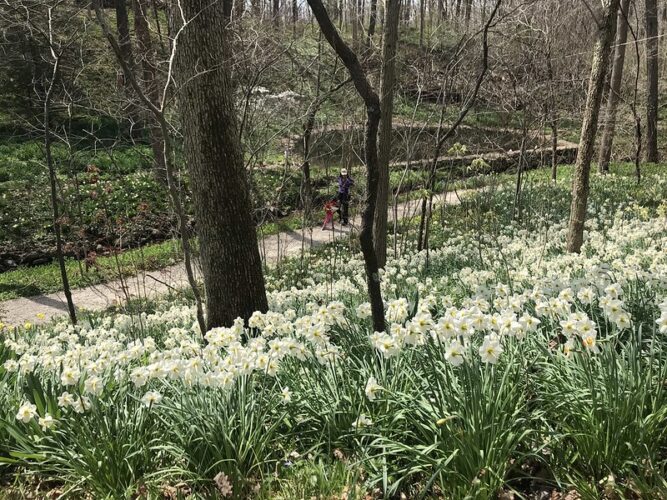
April 14 is National Gardening Day, and there are so many reasons to get outside and admire the blooming gardens in your MetroParks – and perhaps even plant a garden yourself! Gardening is the perfect pastime for those who want low-impact movement and to grow their own healthy produce, while also giving back to the environment.
If you don’t know where to start, get inspired by viewing the blooms throughout the growing season at Aullwood Garden, Cox Arboretum and Wegerzyn Gardens MetroPark. While each of these parks boasts beautiful blooms, Aullwood Garden keeps to the true Arts and Crafts style of gardening with serene swaths of wildflowers that present in waves of colors throughout the season.
Cox Arboretum and Wegerzyn Gardens MetroParks boast a wide variety of blooms, from tulips and peonies to native blooms.
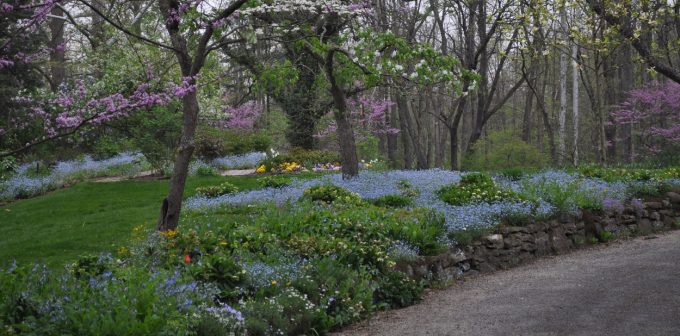
Go wild
The wildflowers in bloom in your Five Rivers MetroParks this week (April 12 – 18):
- Mertensia (Virginia bluebells)
- Cardamine douglassii (purple cress)
- Thalictrum thalictdroides (rue anemone)
- Dicentra cucullaria (Dutchman’s breeches)
- Claytonia virginica (Spring beauty)
- Erythronium albidum (White trout lily)
- Erythonium Americanum (Yellow trout lily)
- Sanguinaria canadensis (Double bloodroot)
- Trillium sessile (Sessile trillium)
- Primula (primrose)
- Hellebores (Lenten rose)
- Phlox divaricate (Purple wood phlox)
- Common dandelion
- Viola sororia (Common blue violet)
- Viola sororia priceana (Confederate violet)
Need some help identifying these beauties? Download The Ohio Division of Wildlife’s Spring Wildflowers of Ohio Field Guide, then head to your backyard or local greenspace to see what’s in bloom.
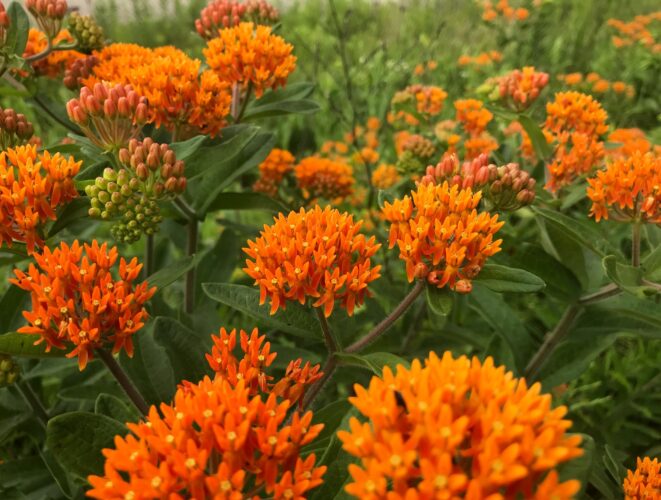
Go native
April is also Ohio Native Plant Month, a celebrating of the critical plants that support local wildlife and the health of our environment.
Native plants are adapted to the environment in which they grow, making them perfect for food and shelter for local wildlife. Many native plants also are important to pollinators — animals and insects that cause plants to create fruit or seed — which is integral to both animals and people. Additionally, native plants help clean and filter water and air, which is also a benefit to all.
From a landscaping perspective, native plants are a beautiful addition to your greenspace and require less care, saving you time and money.
Adding native plants to your back yard benefits the environment while beautifying your greenspace. When selecting plants to incorporate into your landscape, conservation supervisor Meredith Cobb suggests a mix of native trees, shrubs and flowers, such as:
- Oak tree: Many insects use their leaves, and oaks provide acorns to feed squirrels.
- Viburnum: This flowering shrub provides food to insects and pollinators and produces berries for birds.
- Milkweed: This perennial is the only wildflower on which monarch butterflies lay their eggs. Monarchs, which are dwindling, and other butterflies are important pollinators that help sustain our environment.
Pawpaw trees and purple coneflower are also great options. Of course, your native plant choices will be determined by the type of soil in your yard and the amount of sunlight it receives.
For some native plant inspiration, mark your calendar for early July when Huffman Prairie – and other local prairies across the region – will be bustling with wildlife and bursting with an array of beautiful blooms.
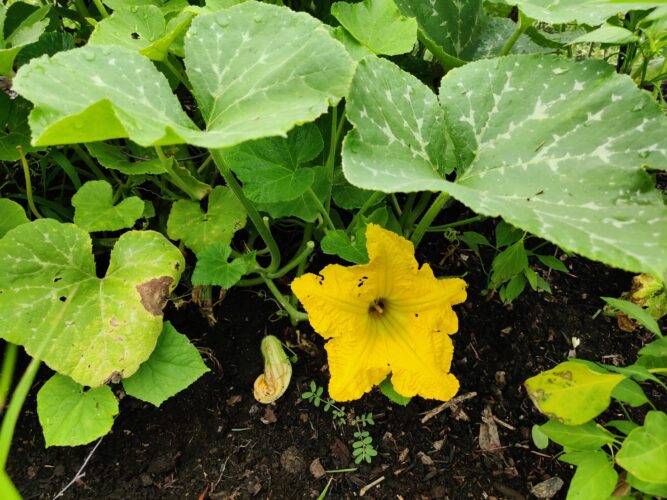
Pack your garden with produce
Those who want to pad their pantry with fresh produce, herbs and even fruit can opt to start a garden in their back yard in a variety of different ways, from garden beds to pots. Additionally, MetroParks has community gardening plots that can be rented for the growing season at Wegerzyn Gardens and Possum Creek MetroParks.
Start by collecting your gardening gear: a trowel, soil knife, hand pruners, shovel, rake, hose, plant labels, notebook, gloves, hat, sunscreen and more.
Next, think about what you what to plant and where. Most vegetable and herbs need a minimum of eight hours of full sunlight per day. Watch your yard throughout the day to see which areas get the most sun.
Additionally, consider space when planting your veggies. Some plants are viny or grow substantially and will need more space. Other plants, such as herbs, may need less space.
According to the U.S. Department of Agriculture, Ohio is in Gardening Zone 6, meaning many plants can be transplanted or planted in early summer and harvested in late summer.
Until then, start prepping your garden, starting seeds and getting ready to grow. For tips on gardening, follow MetroParks Earth to Table on Facebook and sign up for MetroParks’ ornamental gardening and community gardening newsletters.


